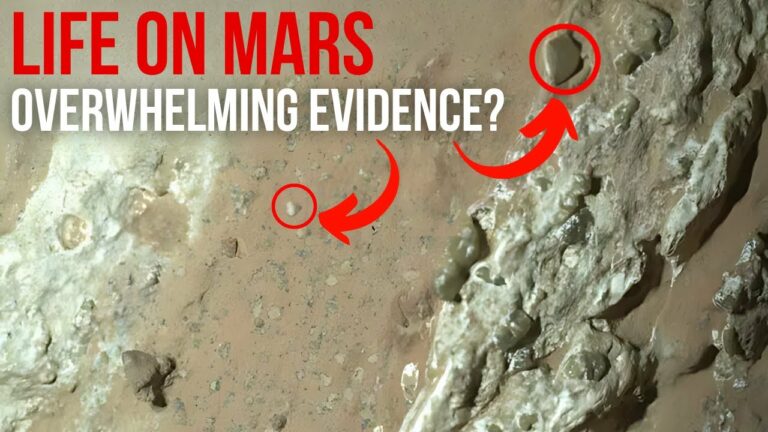Perseverance Finds Hints of Life On Mars! This Rock Shocked NASA
Should Mars be considered as a planet supporting life?
Hold your horses because the proofs are uncontestable and it is revolutionizing most of the things we have in mind about our neighboring planet. Mars has already entered human culture as a subject of science fiction where it was considered as a second Earth.
This desire pushes scientists and engineers to continue researching this watery body in the pursuit of signs of life. Indeed, one of the world’s best-known physicists, Stephen Hawking, once stated that “it seems to me that the idea that we are the only life-form in the universe is arrogant given the number of planets and stars that we know exist. ” Eric 1 Given these recent discoveries on Mars, these words could not have been more true.
NASA’s Perseverance rover discovered a rock called Cheyava Falls where it was theorized that microbial life could have existed about 4 billion years ago.
This new finding, located on July 21st within Neretva Vallis could be a turning point.
Let’s start with the main argument: if life once existed on Mars, how may it still exist in present day Mars?
Because the conditions that would normally lead to complete extinction of life — radiation, heat and lack of water — may not fully apply and destroy microbial life that could well exist in the alluvial plain below. It is thought by astronomers that some forms of life could live for millions of years below the Martian surface where the conditions on the planet’s exterior are not conducive to life.
In 1976, the Viking Mision was launched by NASA as the first ever attempt to seek for signs of life in the red planet. This complex mission included two spacecraft: the Viking 1 and Viking 2; these spacecrafts both contained an orbiter and a lander.
Perseverance’s New Discovery: Moving to present day, Perseverance and Curiosity rovers are discovering some mind blowing facts that have given new life to the possibility of life on Mars. Particularly, the Perseverance rover has made an interesting discovery that could turn the table and bring new interesting discoveries. The attendances however appear to British eyes and ears to be lurking just below the surface.
As we examine these Martian rocks, we make significant strides toward answering one of humanity’s most profound questions:
Is the planet Earth the only planet inhabited in the entire universe?
Nature’s Resilience: The ability to survive for any life form on earth is fairly astounding, and this clue serves as the cement behind going to Mars. Studies have shown that it is possible for some life forms especially the extremophiles to exist at the Martian crust in deep burrows for some time. Scientists have experimented with Martian environments in a laboratory and as a result found that some forms of bacterial life form can endure as long as 280 million years if they are hidden far enough down.
Biological or Nonbiological Origins: A question that has emerged and is currently being asked by scientists is whether the signals of life that have been detected on Mars are biological or non-biological. Such differentiation is crucial because it defines the difference between discovering signs of life itself or, in its absence, chemosynthesis.
Mars Sample Return Mission: The goal of Mars Sample Return mission is NASA-ESA collaboration which is the synergy of both organizations. This complicated mission aims at sample collection on Mars and transporting the sample to Earth by end of the decade early 2030s.
Do not forget to share your opinion with us to provide you with the best posts !




0 Comments